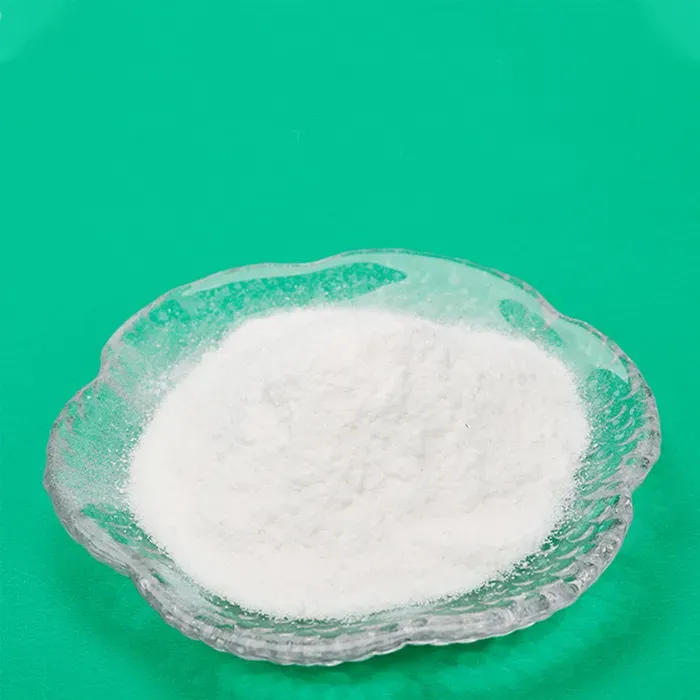Plastics additives: What do they do?

Article 5 of Commission Regulation (EU) No. 10/2011 establishes the list of authorised substances for the manufacture and sale of plastic materials and objects that will come into contact with food. They include additives, excluding colourants, as explained in our article on the role of flexible packaging in food safety.
However, today we would like to take a more in-depth look at the different types of additives that go into plastics, and also describe their functions.
TYPES OF PLASTICS
Before we explain the types of additives in plastics , let’s first take a look at the general classification of plastics:
- Thermoplastics: these are linear, or slightly branched, polymers that are also soluble in some organic solvents. They melt at high temperatures and harden when cooled, meaning they are very malleable when it comes to forming different shapes. This feature also means they are highly recyclable, as they can be reheated and moulded to make new objects. However, it is important to understand that after they are recycled, their physical properties change, so the possibilities of reuse are reduced.
- High-performance plastics: these are a group of thermoplastics with exceptional mechanical properties.
- Thermosetting plastics: these are materials that become reticulated in their final state, making them insoluble and incapable of melting. After having been moulded at a high temperature, these plastics take on a permanent shape and cannot be remoulded, which is why they have very good properties at high temperatures. They also have high chemical resistance.
- Elastomers (rubbers): these are very flexible materials that can withstand major deformation and then return to their initial form when the force is removed. They are resistant to oil, grease and ozone. Thanks to their great capacity for elastic recovery, they can be stretched and then return to their initial position. There are two types of elastomers on the market: natural and synthetic rubbers.
- Composites: also known as compound plastics, these are tough materials with good mechanical properties that are tear-resistant.
6-Amino-1,3-dimethyluracil
TYPES OF PLASTIC ADDITIVES AND THEIR FUNCTIONS
Additives are substances that are needed to produce a plastic that is suitable for its intended purpose. The correct choice of additive is essential to ensure the product does what is needed, as additives can considerably alter the properties of a material.
There are different types of additives for plastics, which can be classified in different ways. Let’s take a look at them by their function:
1. ADDITIVES THAT FACILITATE PROCESSING
The additives that help process plastic include:
- Stabilisers: these retard the degradation of the plastic and can be divided into the following categories:
- Antioxidants: which interrupt degradation reactions. These are required because some polymers tend to oxidise when exposed to the air, which breaks the chain and causes the material to degrade.
- Ultraviolet stabilisers: these absorb energy and prevent ageing, and they are generally used together with antioxidants. UV radiation can result in the loss of the polymer’s properties, causing the surface to yellow.
- Heat stabilisers: for polymers with a decomposition temperature lower than their processing temperature.
- Lubricants: these additives are used to reduce wear on parts that rub together during fabrication. In the manufacturing industry, problems resulting from excessive friction are common during the different phases of the transformation process.
- External lubricants: the aim of these lubricants is to reduce and control any sticking of the polymer to the metal parts of the transformation equipment. They must have a low solubility in the polymer, especially at processing temperatures.
- Internal lubricants: their function is to reduce friction between the polymer’s molecules in order to improve the flow of the material. They must also be compatible with the polymer at high temperatures.
2. ADDITIVES THAT REDUCE THE COST OF FORMULAS
- Fillers: these are solid materials that are added to the plastic formula to reduce costs.
3. FLAME RETARDANT
These are used to reduce the flammability of a material so that the propagation of any flames over the surface is reduced.
4. FOAMING AGENTS
The aim of these additives is to produce cell structures, in other words, structures that contain small cells filled with gas. This way, modifications can be made to density and heat conductivity, and acoustic and mechanical energy can be dissipated. Also known as swelling agents.
5. ADDITIVES THAT IMPROVE MECHANICAL PROPERTIES
- Impact modifiers: their function is to improve impact resistance, especially at low temperatures, and they are usually plasticisers or flexible additives.
6. MODIFIERS OF OPTICAL PROPERTIES
- Pigments and colourants: pigments generally come in very fine grain format to ensure a better dispersal in the polymer. Pigments are often mixed to create different colours.
There is also new technology in colour systems. Masterbatches are a combination of most appropriate pigments and additives for each polymer. As well as colour, the masterbatch can provide other physical, aesthetic and even functional features. This is the case of aesthetic effects such as iridescence and flecks, as well as special feel, and anti-stain properties, among others.
What do you need for the perfect masterbatch? The right choice of polymers, a good dispersal of pigments or additives in the polymer matrix, and the necessary stability studies for the additives in plastics and pigments.
7. ADDITIVES IN PLASTICS THAT MODIFY SURFACE PROPERTIES
These are anti-static agents, anti-slip additives, anti-wear additives and adhesion promotors.If you would like more information about the most suitable plastic materials for your product, please don’t hesitate to contact us. We will show you our flexible material solutions for the packaging you need.


